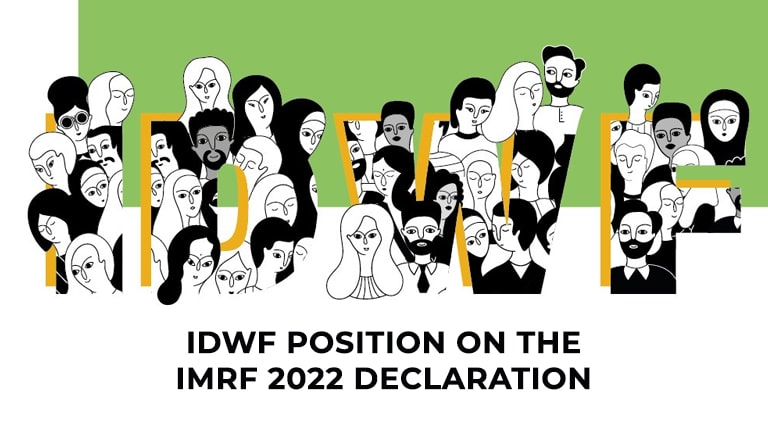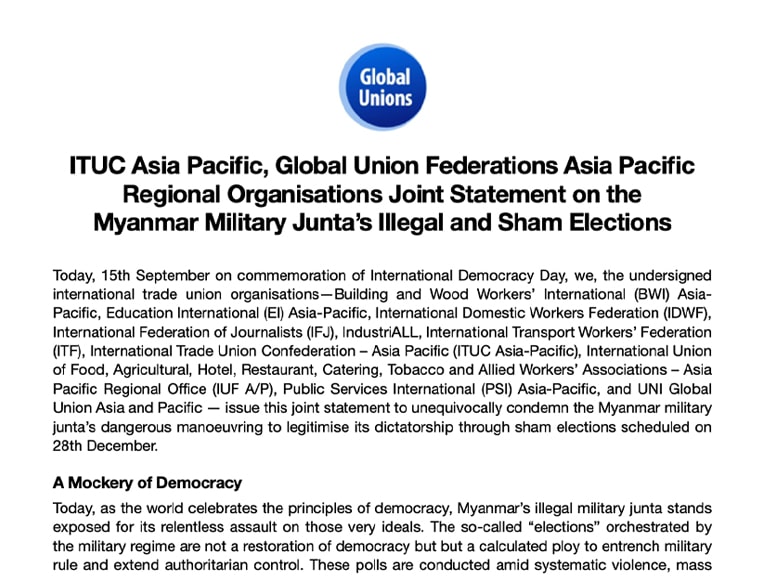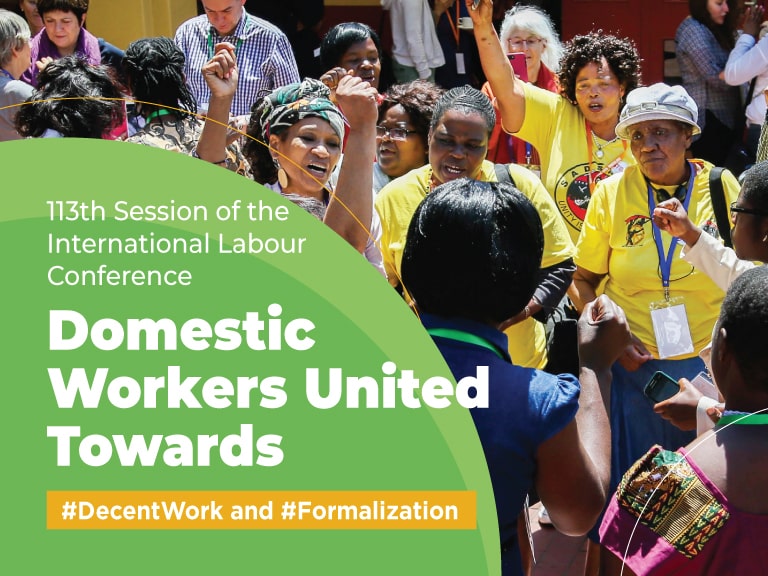
Every 5th domestic worker in the world is a migrant. The statistic is even greater in countries with a high GDP and whose economy relies heavily on migrant workers, amounting to 80% of domestic workers being migrant, three quarters of whom are women. Despite the magnitude of the migrant domestic workers’ demographic and their contribution to their countries of origin and of destination, they are largely unprotected. In addition to the serious labor law and protection deficits faced by domestic workers around the globe, such as extended work hours, lack of rest days, wage theft, among other abuses, those who are also migrants face a myriad of complications in relation to both the lack of recognition of their labor as work, and their migration status increasing fragile employment. This is particularly troublesome in contexts of employer-tied visas, stripping workers from agencies over their lives and livelihoods.
With the COVID-19 pandemic, migrant domestic workers experienced various challenges ranging from mass lay-offs, reduction of income, health and safety hazards, to increased uncompensated work hours. Furthermore, in employer-tied visa regimes, their dispossession created an additional layer of informality, the irregularity of their status within the country, at times leading to migrant workers being stuck at borderlands. A situation that was precarious from the start, exponentially worsened. Discrimination also increased in times of crisis as migrant workers are used as a scape goat for governmental failures. While most countries have legislation that explicitly denounces ethnic, caste, and racial discrimination, whether in national text or international commitment to widely ratified conventions including the Human Rights Convention or CEDAW, the domestic work sector remains tainted with practices inherited from slavery.
Download here






